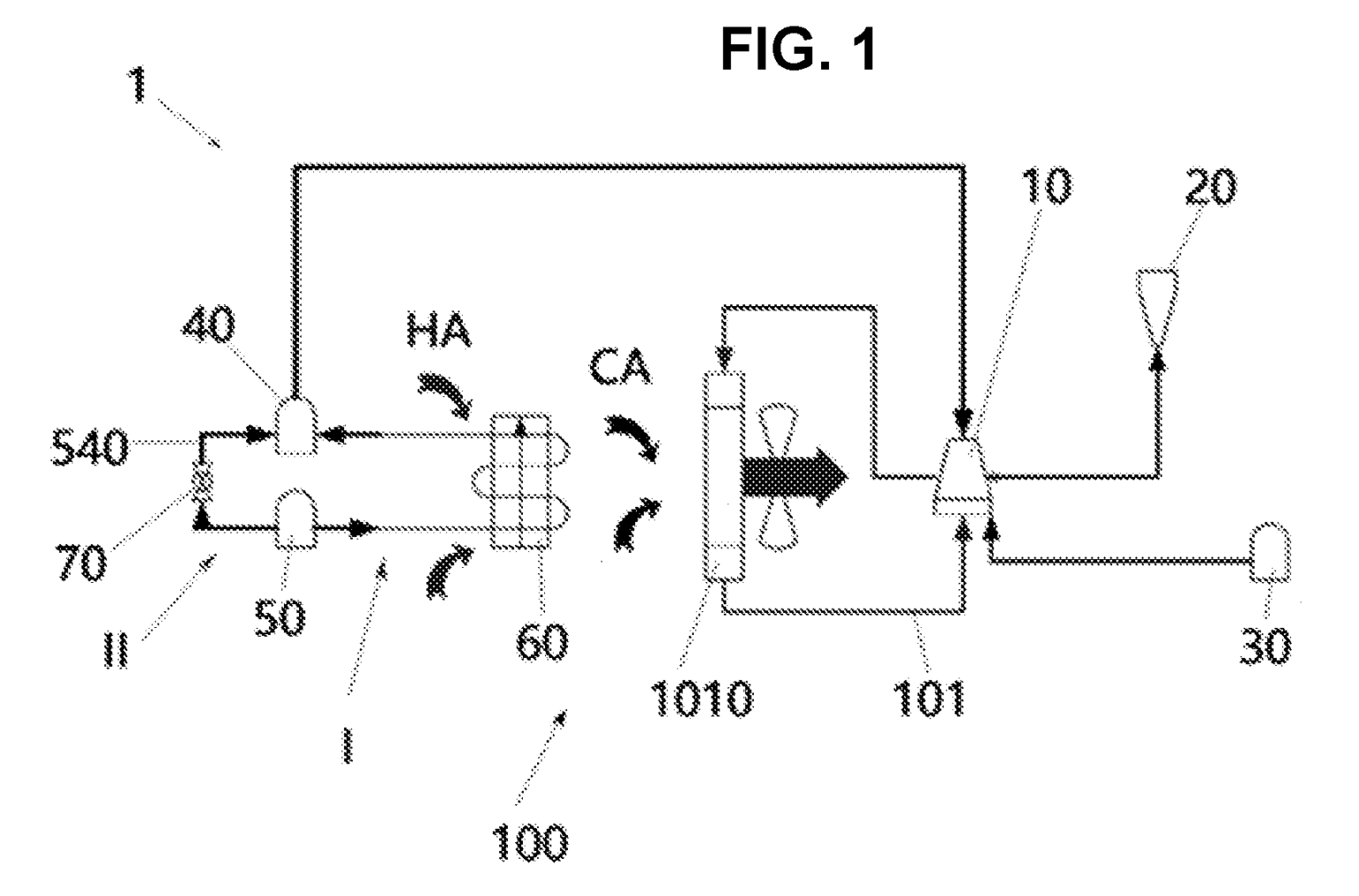In the evolving landscape of energy solutions, fuel cells have emerged as a promising technology for efficient and clean power generation.
A critical component of their operation is the cooling system, which ensures optimal performance and longevity. A recent patent filed by Caterpillar presents a novel approach to fuel cell cooling, promising enhanced efficiency and effectiveness.
One of the key aspects of the patented cooling system is the integration of a hydrogen evaporator. This component plays a pivotal role in converting liquid hydrogen from a storage tank into gaseous form. The hydrogen evaporator is strategically positioned in the inlet air flow path of the fuel cell’s radiator. This arrangement allows for heat exchange between the passing air and hydrogen, resulting in pre-cooled air that enters the radiator.
The introduction of precooled air into the radiator is a significant enhancement. By lowering the temperature of the air before it enters the radiator, the cooling efficiency is markedly increased. This approach not only helps in maintaining an optimal temperature for the fuel cell operation but also contributes to energy efficiency by reducing the power required for cooling.
Caterpillar’s system is designed with a robust cooling circuit where a cooling liquid circulates through both the fuel cell and the radiator. The incorporation of a hydrogen evaporator adds an advanced dimension to this circuit, allowing for a seamless transition between different phases of hydrogen and maximizing thermal management.
While the primary focus of the patent is on the cooling mechanism, its implications extend beyond just temperature regulation. Superior cooling systems can lead to improved longevity and reliability of fuel cells, making this patent an exciting development for industries relying on hydrogen fuel cells.
